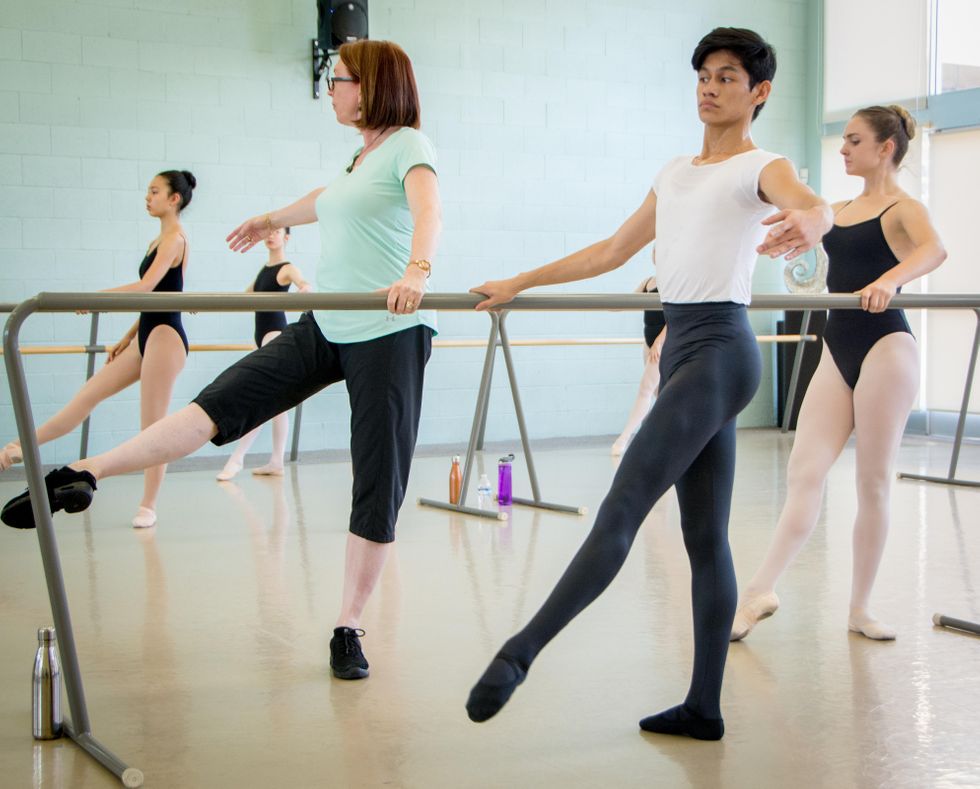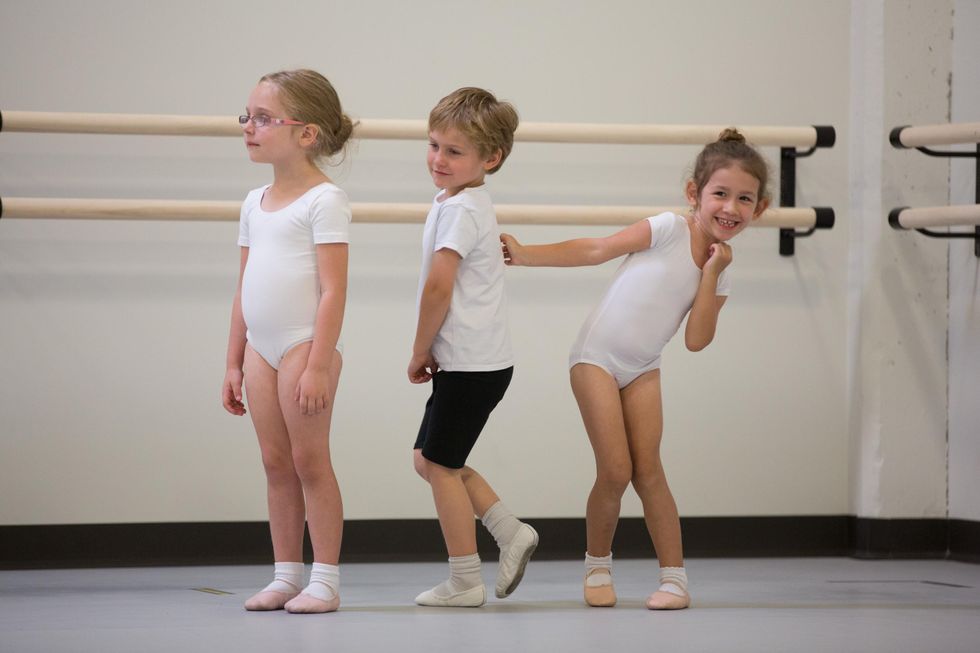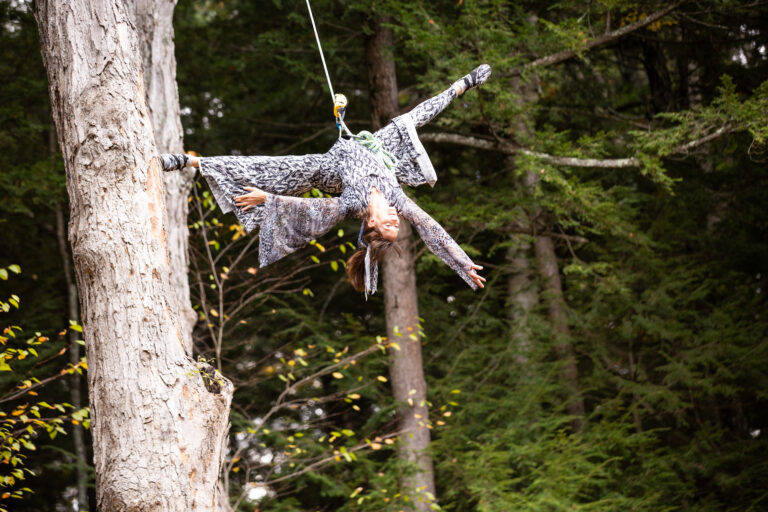
Knowing how quickly to move through a ballet class can be tricky. If you go too slowly, students can get cold or lose interest. If you move too fast, they don’t benefit from individual corrections and attention to detail. The pace depends on a group’s age and ability, too. We asked three teachers how they ensure that the timing of a 90-minute class delivers the best results.
Give Them a Break
Young students need time at the barre to develop their coordination and technique, but having them stand still for too long can do more harm than good. “They become bored and detached,” says Andrea Paris-Gutierrez, artistic director of Los Angeles Ballet Academy. “It’s better to move on, even if it’s making you crazy that something’s not being done correctly.” Paris-Gutierrez generally spends 30 minutes at barre with students ages 8 to 10. Sometimes she’ll give barre exercises in center, so young dancers are forced to stand up straight and pay attention to weight distribution and alignment.
With more intermediate students, she takes a different approach. Barre might take 45 to 55 minutes at the beginning of the year. “You have to build their strength and alignment before you can get to jumping,” she says. “Then, after a couple months, you can start reducing their barre time to 35 to 40 minutes.”
 With her advanced dancers, Andrea Paris-Gutierrez allows 20 to 30 minutes for jumping, post-barre. Photo by Iker Gutierrez, courtesy of Paris-Gutierrez.
With her advanced dancers, Andrea Paris-Gutierrez allows 20 to 30 minutes for jumping, post-barre. Photo by Iker Gutierrez, courtesy of Paris-Gutierrez.
It’s a struggle to build stamina while focusing on the finer details of artistry and execution. But try to leave yourself enough time at the end of class for exercises like petit allégro and grand allégro. “If I’m not having them jump by the 20-minute mark prior to the end of class, I’m already late,” says Windom.
Paris-Gutierrez also prefers 20 to 30 minutes of jumping, but only for dancers with good strength and alignment. “You have to build up to it,” she says. “A lot of kids sit in front of computers or in cars, and they don’t get a lot of running, skipping and jumping in their regular day. If they don’t do it when they’re little, they get injured as they grow, because they haven’t built up strength in the ankles and shins.” For dancers under 10, Paris-Gutierrez incorporates these activities into class first and then introduces basic ballet jumps.
Another way to build stamina is to pick longer selections of music, to keep dancers moving. In center, give eight counts between groups so there’s no stopping. “It’s a great way to make them pay attention to when it’s their turn,” says Paris-Gutierrez, “and the students can skip around and repeat it.”
 Keep classing moving by giving a petit allégro that doesn’t travel very much, so the class can do it in two or three big groups, rather than several smaller ones. Photo courtesy of The Washington Ballet.
Keep classing moving by giving a petit allégro that doesn’t travel very much, so the class can do it in two or three big groups, rather than several smaller ones. Photo courtesy of The Washington Ballet.
Set It in Stone
Many teachers set a barre for an entire class, and repeat the same combinations for a week or even a month. “It takes longer for students to learn at the beginning, but then they spend more time doing and less time trying to remember the next step,” says Catherine Hader, teacher at The School of Ballet Arizona. “Even when we move to center, I keep the same exercises for a month but add a new element each time.” She tries not to bombard students with too many corrections at one time or spend the whole class on one step. “If I’m spending longer on an exercise than I anticipated, I have to cut it off at some point, so I can still cover every element of the class.”
Throw It Out the Window
Even with a set lesson plan, teachers need to be adaptable and sensitive to energy in the room. “If I’m trying to do something slow and controlled, and the little ones are getting wiggly, I might do a more playful polka going around in a circle,” says Paris-Gutierrez. “I’ll wear them out a bit before I go back and try to get them to hold their arms and pull up their supporting leg.”
 With younger students, Catherine Hader keeps her barre brief. Photo by Rosalie O’Connor, courtesy of The School of Ballet Arizona.
With younger students, Catherine Hader keeps her barre brief. Photo by Rosalie O’Connor, courtesy of The School of Ballet Arizona.
Teenage dancers are harder to read. “Their attitudes or looks can be so misinterpreted,” says Hader. “Maybe something happened in math class that day, or on the way to the studio, to make them feel down.” She might slow the class if energy is low, so that students don’t get injured. “It might not seem related to the structure of a class, but it is. You have to adapt to what’s happening.”
The goal for all teachers is to keep the students engaged. “I can spend the entire time at barre with kids, but I’ll lose them,” says Hader. “You have to train them in basics and then move faster with some fun work. Or else they’ll forget why they came.”




